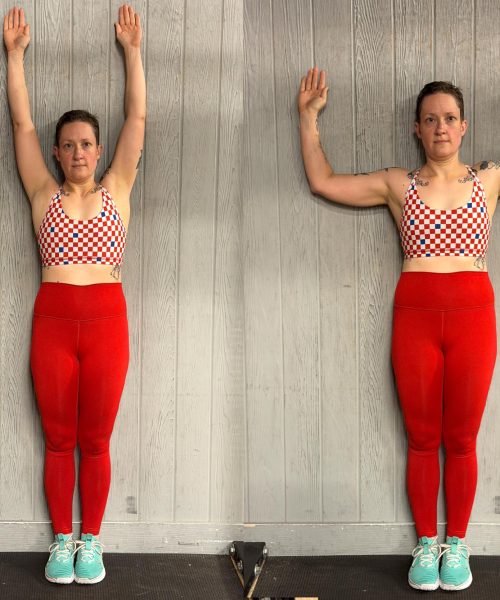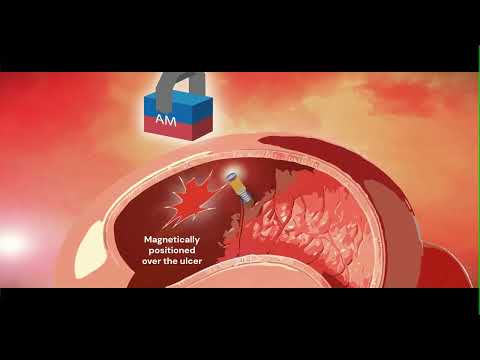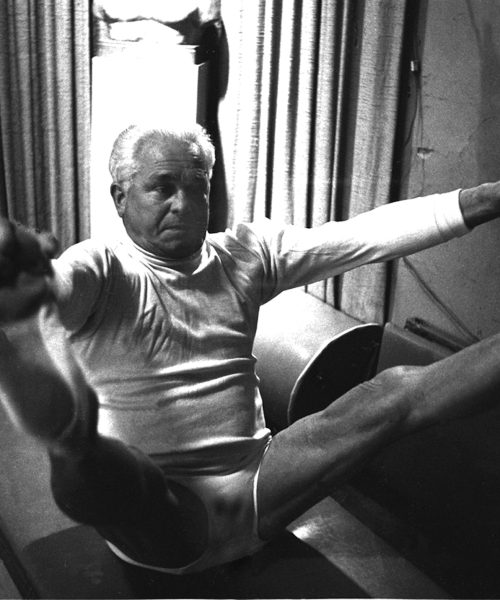There’s something to be said about a good sigh. Sometimes that deep exhale doesn’t just feel psychologically satisfying, but physically restorative. According to a study published in the journal Science Advances, new evidence indicates sighing truly is a way to help reset your body—specifically, the fluid that coats your lungs.
Pulmonary surfactants are a special group of phospholipids and proteins that coat the exterior of your respiratory organs. They essentially act as a lubricant for your lungs by reducing their surface tension as you breathe. They’re also critical for your health. Over half of all premature infants born before the 28th week of pregnancy lack enough of the fluid, causing some of the alveoli in their lungs to collapse. In the late 1980s, researchers discovered that this frequently fatal condition could be alleviated by extracting similar surfactants from animal lungs and injecting them into the lungs of a premature baby.
“This works very well in newborns. The fluid coats the entire surface, making the lungs more deformable, or with a more technical word, compliant,” ETH Zurich researcher and study co-author Jan Vermant said in a statement.
However, COVID-19 complicated things. Vermant and colleagues cited about 3,000 adults who developed acute respiratory distress syndrome during the pandemic. In those cases, the fluid transplant procedure used on premature infants didn’t work.
“This shows that it’s not just about reducing surface tension,” explained Vermant. “We believe that mechanical stresses within the fluid also play an important role.”
Since then, he and an international team of researchers experimented with simulating normal and deep breaths in a laboratory setting, and then measuring the surface stress of pulmonary surfactants. They discovered that surface stress on the lungs significantly lessened after particularly deep breaths, indicating a physical explanation for the relief that often accompanies a big sigh. Why this helps comes down to understanding pulmonary surfactants not as a single layer of fluids, but as multiple layers.
“Directly at the boundary with the air, there is a slightly stiffer surface layer. Underneath, there are several layers that should be softer than the surface layer,” study co-author Maria Novaes-Silva described.
These layers function best when existing in equilibrium with one another, but they do occasionally shift out of balance. When they’re out of whack like this, the best way to adjust the layers is by taking a deep breath. By forcing the surfactants to stretch and compress more intensely, the pulmonary fluid essentially resets its outer layer.
“This is a state outside of the boundaries of the thermodynamic equilibrium that can only be maintained through mechanical work,” said Vermant. He also cited previous clinical research that showed while lung compliance inevitably shifts over time, it is exacerbated by continuous shallow breathing.
Vermant’s team hopes their findings can lead to improved treatments for lung failure in adults. One path forward may even be concocting artificial surfactants, by identifying the components that make up each individual fluid layer. In the meantime, right now is as good a time as any to pause and take a deep–literally healing–breath.






